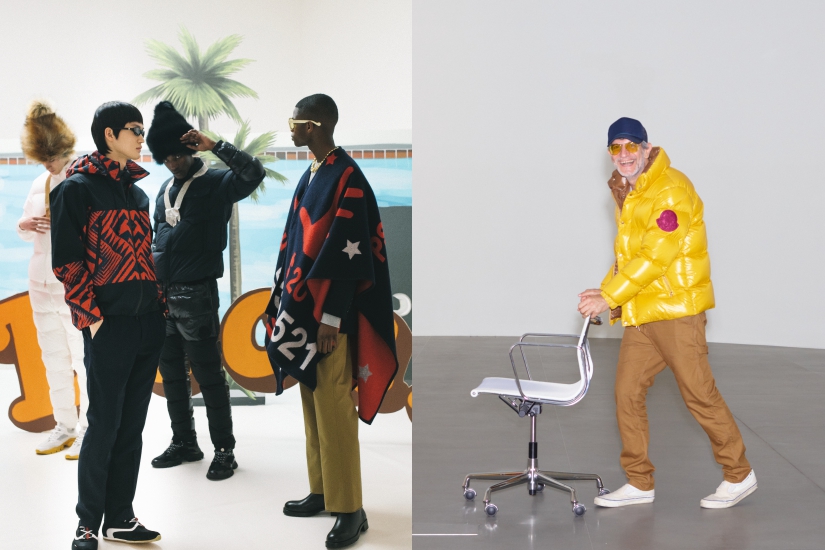Since the launch of Moncler Genius, the impression of down jacket expert Moncler has changed significantly. This change is not only reflected in the design and selection of clothing, but also in their views, courage, and practices in creating. Over the past two years, Moncler has collaborated with various units, breaking through not only in basic clothing design but also in expressive methods. For example, earlier this year, they held multiple exhibitions, where various units gathered together, resembling a Moncler independent party. Following closely behind Moncler Genius, the Rick Owens x Moncler series expressed creativity in a road-trip format, with its experimental narrative approach adding depth to the meaning behind the collaboration.
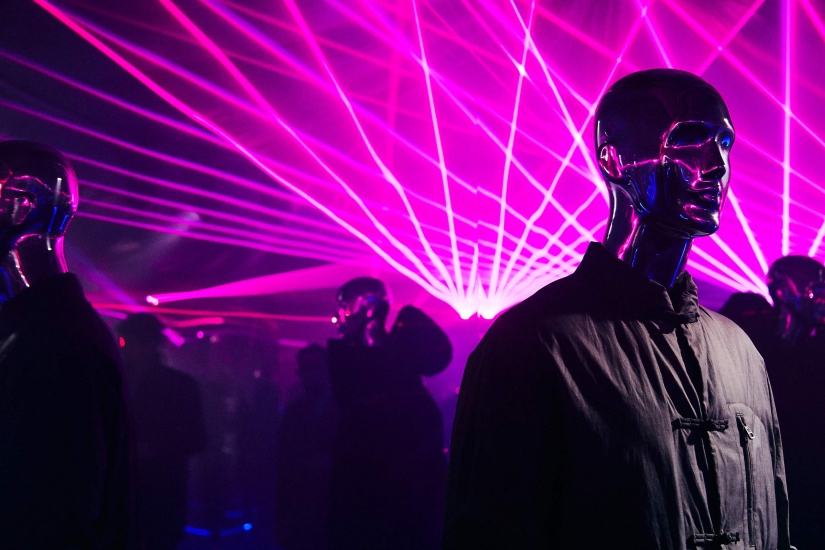
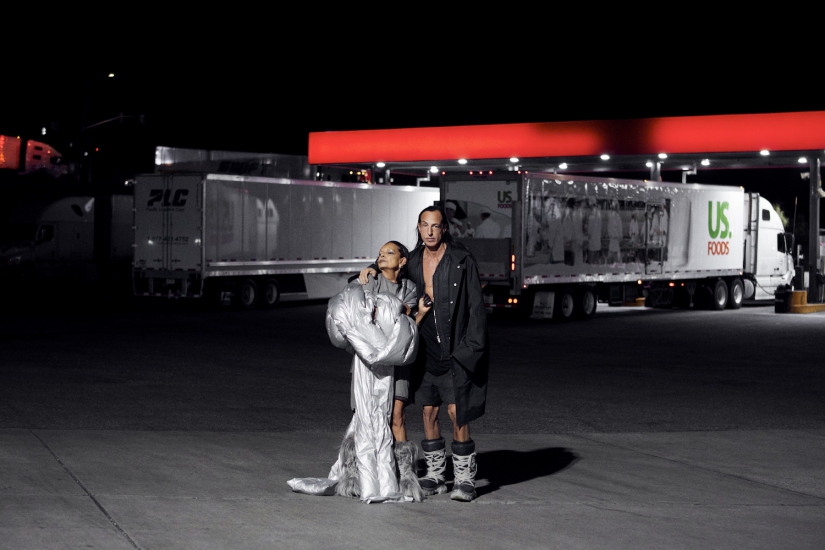
If you have been paying attention to Moncler Genius, you should be aware that both projects include a unique position exclusive to Moncler itself, as the brand hopes to use the projects to allow everyone to have a deeper understanding of Moncler’s creative soul. Recently, the 2 Moncler 1952 series has officially launched for sale, with the two leaders continuing to bring new designs for men’s and women’s collections. The men’s collection in particular has made a deeper attempt, with creative director Sergio Zambon drawing inspiration from the city of Los Angeles in the United States as the creative origin, referencing elements of 70s pop culture, and collaborating with four brands – UNDEFEATED, Libertine, AD III, and Balt Getty – in an attempt to spark more interesting possibilities. In addition to the Moncler 1952 series, Sergio is also the mastermind behind Moncler Genius, and ZTYLEZ MAN took the opportunity to interview Sergio to understand the story of this project, his views on creativity, and to inquire about Sergio’s StayAtHome life during the pandemic.
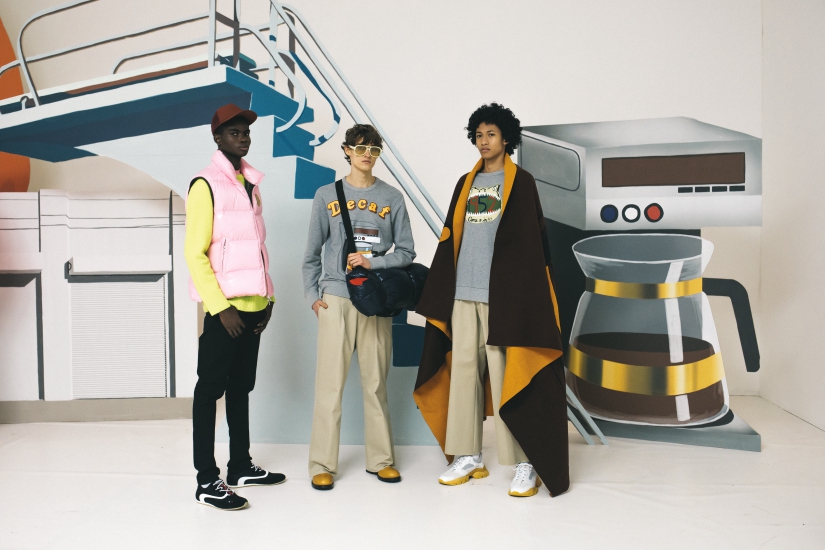
Z:ZTYLEZ MAN;S:Sergio
Z: What is the reason for taking Los Angeles (L.A.) as the inspiration this time and starting the entire project from a city?
S: The initial idea behind this project was, since we are collaborating with different brands or designers, why can’t “the city” be the starting point? And the reason I chose L.A. is because I have never seen a city undergo such a cultural transformation, with many things shifting there now. So I thought, “Why can’t we create with a city and reflect its spirit?” For me, L.A. is very vibrant, and I am very inspired by it; also, over the years of visiting L.A., I have met many creative friends, so the idea of making this collaboration happen was really easy.
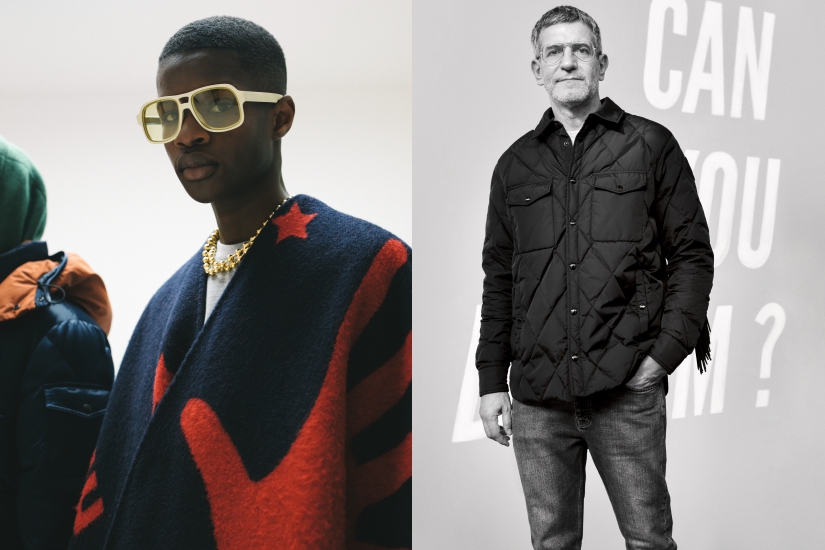
Z: What is the most attractive thing about Los Angeles to you?
S: I think L.A. represents a city close to nature. You can go hiking in the nearby canyons, while also enjoying the sun and the beach; from a geographical and cultural perspective, L.A. has this unique blend of city and nature. On the other hand, when you have a brand like Moncler that is passionate about city life, the presence of L.A. is a perfect match, both able to encapsulate the city and nature together.
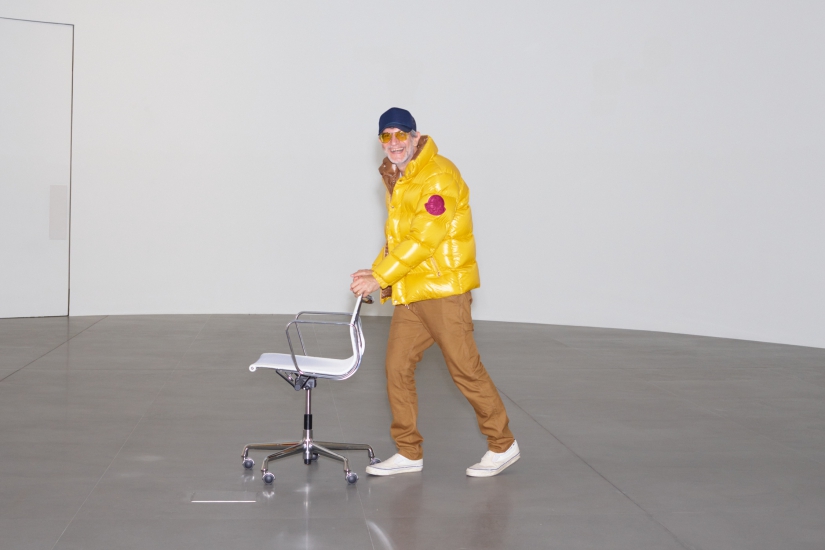
Z: Can you share your first impression of Los Angeles and some interesting stories between you?
S: My first impression of L.A. is that it is a city with a unique personality and distinctiveness. With its unique characteristics, I often compare Venice in Italy to L.A., believing that this is the only place in the world where you rarely see people on the streets, yet the buildings along the roads reflect an organic growth process. Fortunately, I have had the opportunity to visit some incredible buildings in the past, some that allow you to see the entire city surrounded by mountains. I remember the last time I visited L.A. for an event, it was held at a large house designed by Schindler (renowned architect Rudolf Schindler), and singer Lykke Li (Swedish indie pop singer) even performed live! Another building that left a deep impression on me is a boat house designed by Henry Gesner, truly remarkable, as well as the large house designed by John Lautner for Kelly Lych.
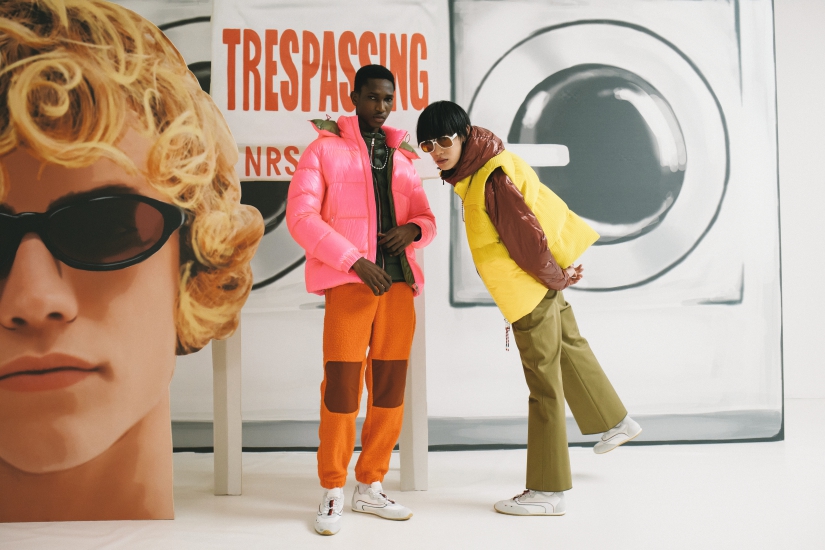
Z: This time, UNDEFEATED, Libertine, AD III, and Balt Getty were invited to collaborate together. They are all referred to as creative “players” in the introduction. So, is a playful creativity an essential starting point for this collaboration?
S: I think the most prominent and significant term is “creativity”. The four collaborators each have their own unique style and aesthetic, incorporating them into the world of Moncler is definitely a very good challenge.
Z: Building on the previous collaboration, what new elements are included in this project that have not appeared in past plans?
S: I believe the best thing is to discover another creative way of thinking. This collaboration is actually about the relationship between people and finding a new way to handle collaborative projects.
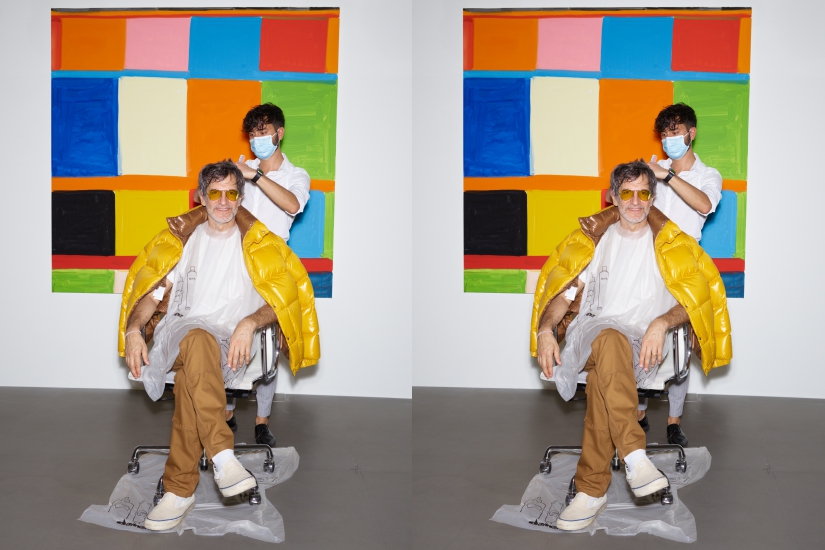
Z: Growing up in a multicultural family, how did your family background influence your exposure to the world of fashion and learning design?
S: My life has had an unconventional start, and my personal background is also very diverse. My mother is Croatian, but she was born in Egypt and speaks seven languages; my father is Italian, but was born in France. I have also traveled extensively in the past and lived in many different countries. This upbringing has made me open-minded from a young age and has made my interests very diverse. Furthermore, as I continue to explore areas such as art, architecture, music, my curiosity only continues to grow.
Z: Since 2018, Moncler Genius has achieved great success, the entire project has shown multiple collaborations with different brands and designers, for you, what criteria do you consider when choosing a collaboration partner? What is the biggest challenge in this process?
S: The standard I have always maintained is that there should be a point of intersection between “1952” and the designer – there should be some connection between the two, whether it’s color, posture, graphics, and other elements. We meet at the midpoint of personal creativity, but still respect Moncler’s iconic style, which is a great challenge. In my past collaborations, I encountered this situation in my collaborations with Rostarr and Hey Reilly.
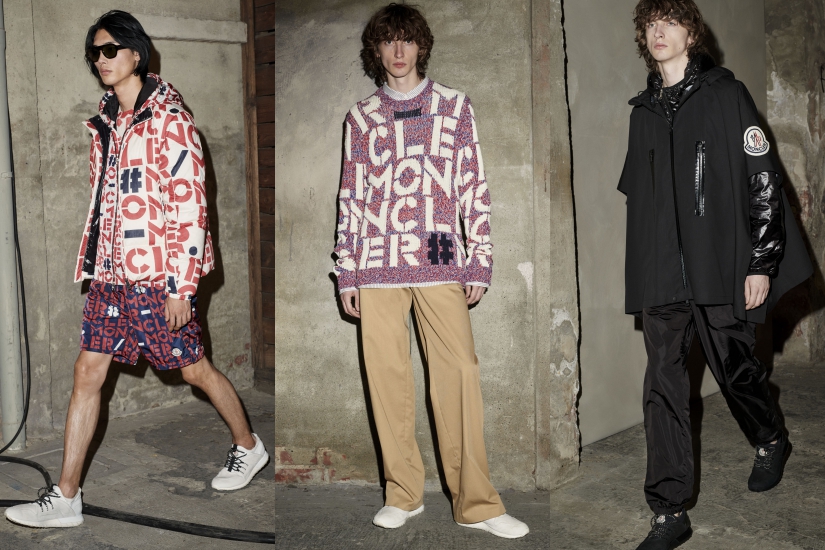
Z: Cooperation is about two units (or individuals) communicating and working together, what are your suggestions on these matters?
S: My suggestion is that you need to find a common ground and seek a compromise between the traditions and DNA of both brands. In collaboration, aesthetics must be balanced, one cannot overshadow the other, so that new things can be created together.
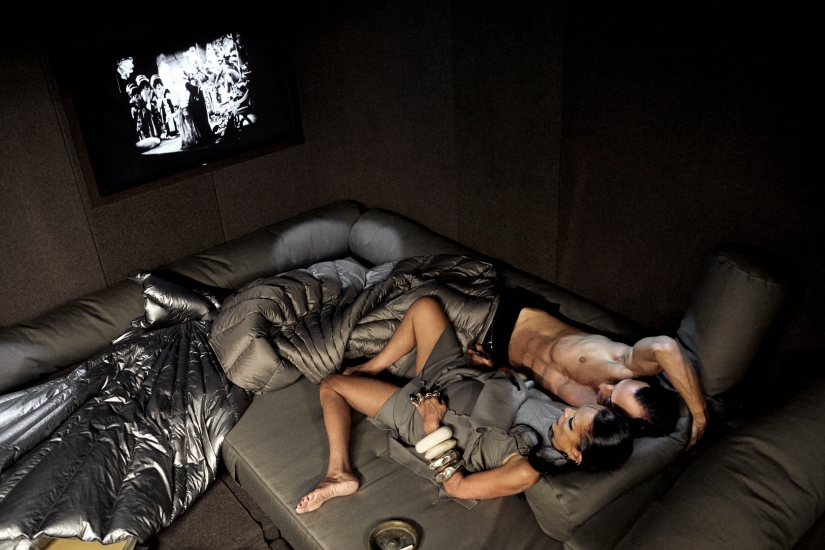
Z: Which series from the past has left the deepest impression on you? Why?
S: I like them all, and each for different reasons. In fact, you can create clothing that mixes elements from these four brands with the main part of 1952 Moncler.
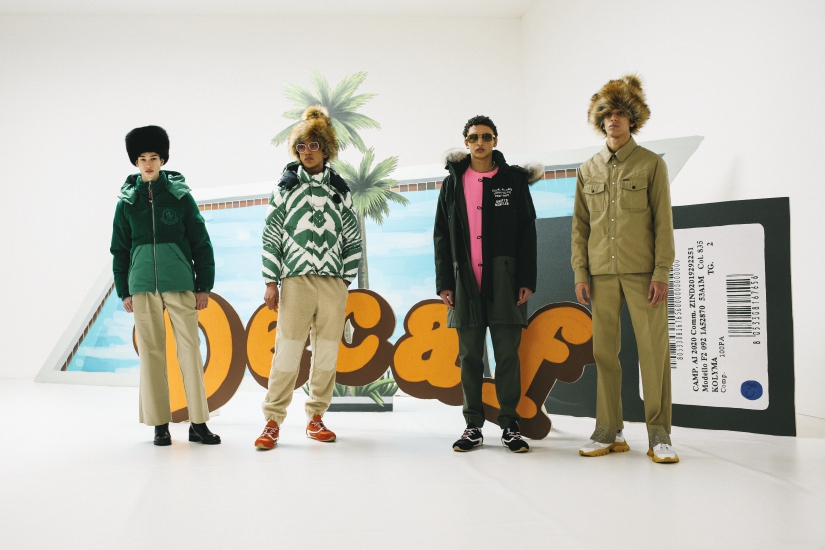
Z: The global pandemic has caused damage to the fashion industry, forcing us to pause for a moment, rethink the world. Can you share with us your StayAtHome lifestyle during this period? Did it bring you any inspiration or new perspectives and insights?
During the epidemic, I discovered better ways to cook, made some home improvement plans, and most importantly, thought about future creative projects, and discovered that I want to learn photography.
Z: When it comes to Moncler, what new elements do you hope to bring to the brand? And what are your expectations for work?
S: I like the idea of continuing to collaborate with the city. My expectation is to stay curious every day and add some new things to life, such as photography.
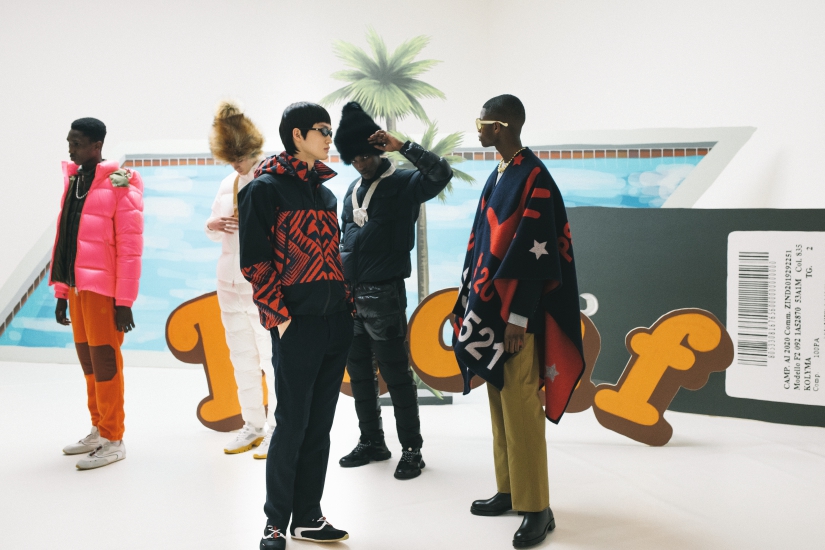
This season, Sergio has transformed into an urban anthropologist, incorporating research on real and imagined youth movements into the design process. In addition to the collision of pop culture and modern aesthetics, 2 Moncler 1952 also showcases designs inspired by academic, hippie, and punk styles, demonstrating a rich diversity in the collection. For those interested in exploring the collection further, feel free to visit Moncler.com. What’s even more intriguing is Sergio’s desire to continue this “urban project” – what cultural vibes will he bring next? Could it be Venice as mentioned in the conversation? Let’s wait and see.

